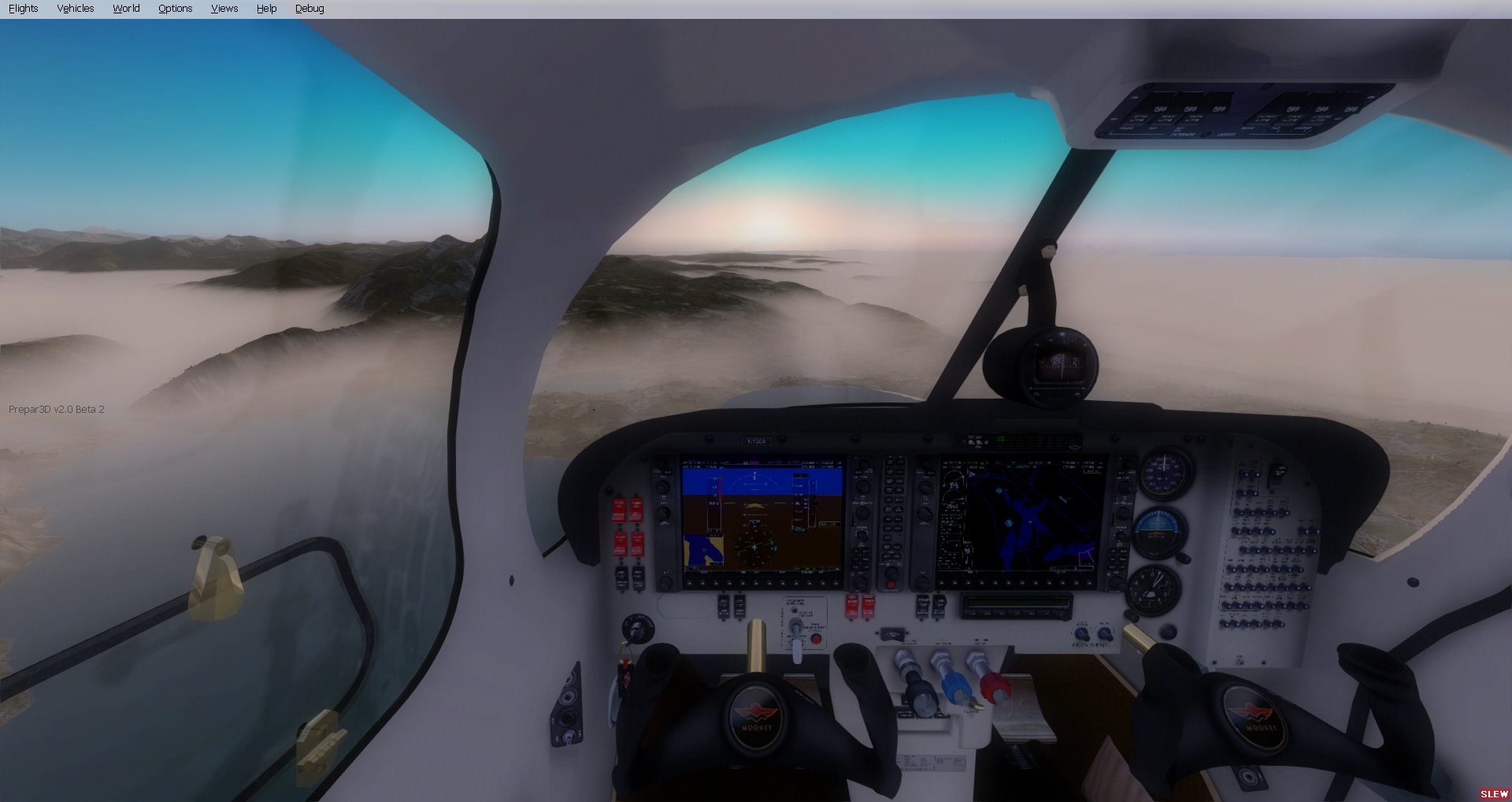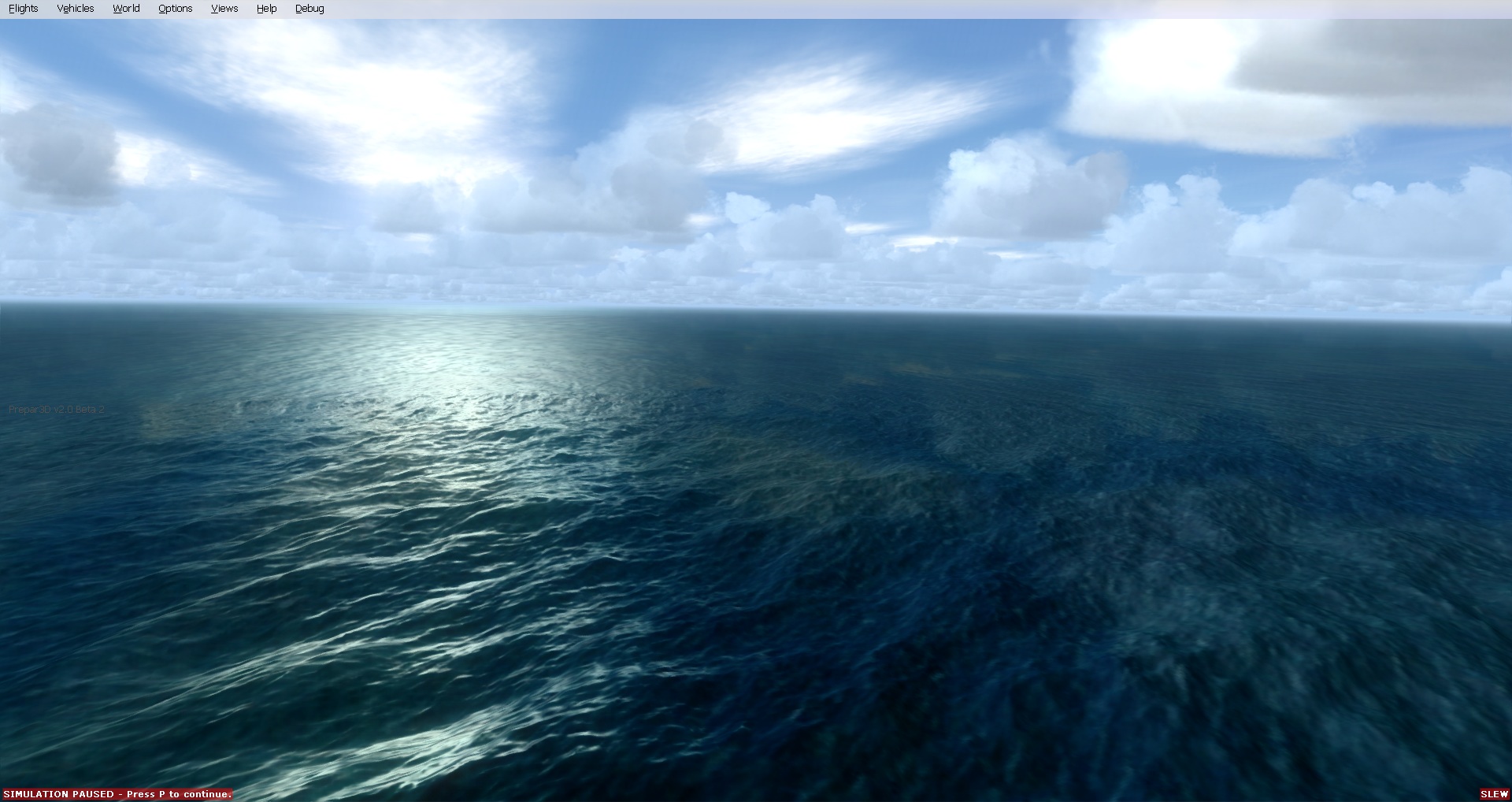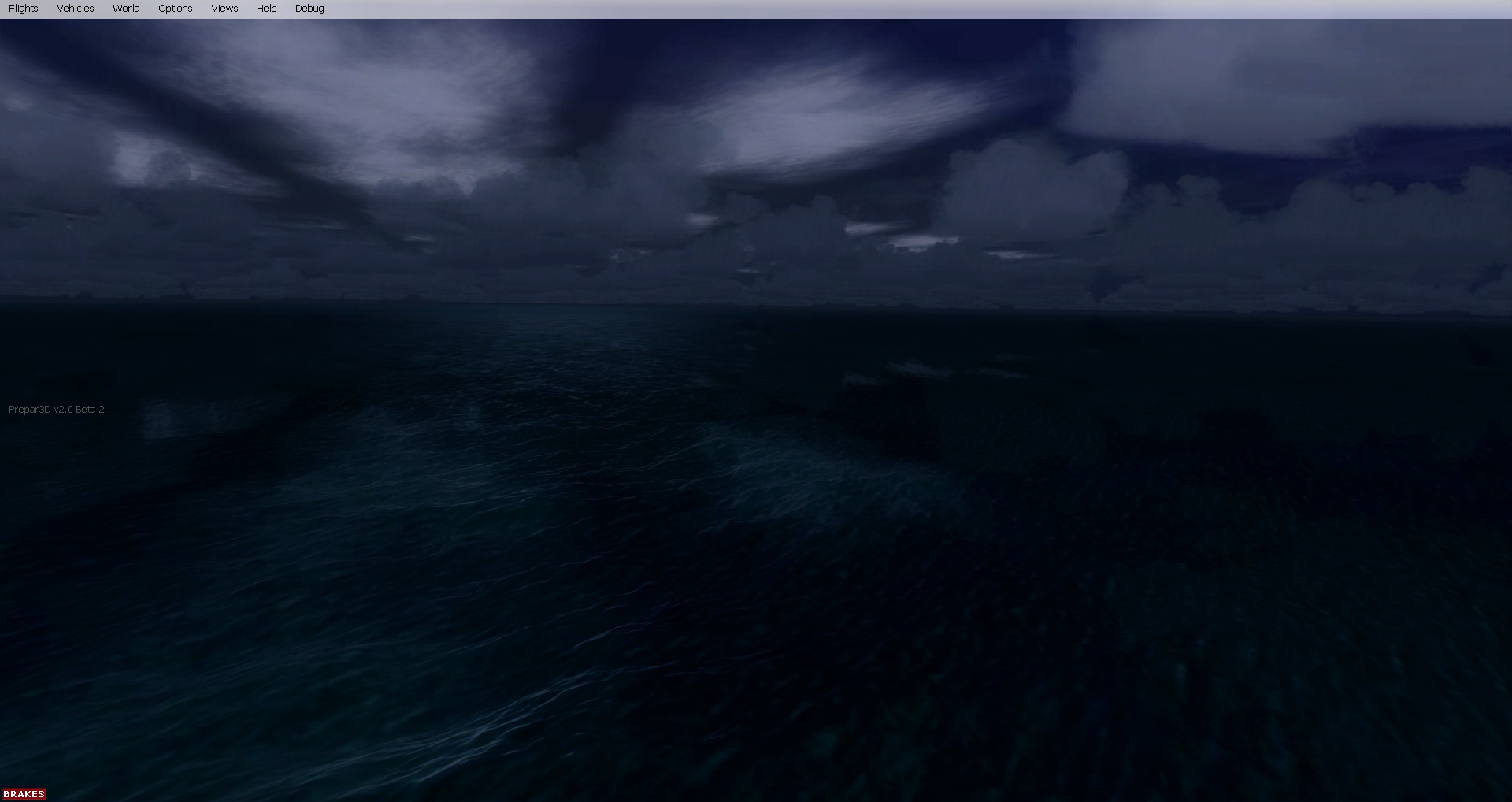Prepar3D v4.X
- ichnus
- Tenente

- Messaggi: 906
- Iscritto il: 8 marzo 2004, 2:05
- Simulatore: DCS: A-10C Warthog
- Località: Olbia
- Contatta:
Re: Prepar3D - Nuovo simulatore civile e militare
Ottimo!!!
Una volta che avrete imparato a Volare, camminerete sulla terra guardando il cielo perchè è là che siete stati ed è là che vorrete tornare. L. Da Vinci
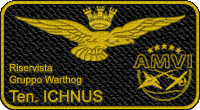
Simulatori: DCSW A-10C + P51

Simulatori: DCSW A-10C + P51
-
Aviators
- Primo Aviere Capo
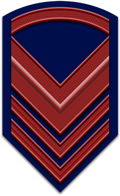
- Messaggi: 8467
- Iscritto il: 4 marzo 2008, 21:55
- Simulatore: DCS: Ka-50 Black Shark
Re: Prepar3D - Beta 2.0
Nuovi aggiornamenti da casa Lockeed Martin: pronta al rilascio la Beta della 2.0 di PREPAR3D
Fonte: http://www.avsim.su/digest/topic/132273 ... 25d0%25b0/ & http://forum.avsim.net/topic/421584-pre ... ring-beta/Prepar3D v2.0 brings many exciting updates to the Prepar3D simulation platform
A new DirectX 11 rendering engine
SimDirector - a brand new, modern training scenario generation tool suite
The introduction of a new Professional Plus version of Prepar3D for military training
Updates to the digital rights management and licensing process
User interface updates, as well as many other exciting updates to the core platform
An updated SDK including many requested features and a new iSimObject API that allows developers full control over their SimObjects
Known issues resolved list
Rendering and Performance Improvements
The core rendering system in Prepar3D has been completely overhauled and updated from DirectX9 to DirectX 11. Prepar3D is now able to better take advantage of modern graphics hardware. This has two main benefits to the user, increased performance and control over what is displayed, as well as the ability to have modern rendering features added to the rendering engine.
Performance Improvements
Object Instancing
Instancing allows the rendering system to have graphics cards draw multiple copies of the same entity just once. This greatly improves autogen building and tree performance.
GPU Particle and Effect System
Effects are now simulated through the new GPU (graphics card) particle system
Training scenarios with much more effects rendered on the scene are now possible
Tessellated Terrain on the Graphics Card
The previous work being done to generate terrain mesh is now done on the graphics card.
Fully dynamic night and day light cycles
Terrain lighting is now able to be done dynamically on the card, whereas previous shadows and lighting had to be baked into the textures and reloaded when time changed
Terrain paging performance greatly improved
Trainees in fast flight scenarios will see their terrain paged in much quicker as it is being done on the graphics card
Multi-Threading Support
Visual scene and rendering optimizations are now be done on background threads
Shader compilation is now threaded out which greatly reduces stuttering effects that some users had with previous versions
Resources are now able to be shared between views
A single update can be shared across virtual cockpit views greatly increasing performance with multiple views open
Round world coordinate conversion now able to be done on the GPU
Visual Rendering Engine Improvements
Prepar3D Now Has an Updated Real-Time Shadow System
Fully dynamic variance cascaded shadow maps
Supporting an unlimited number of objects receiving and casting shadows inside shadow range
Full support for object self-occlusion, including virtual cockpit self-shadowing
Terrain able to receive and cast shadows in real-time
Soft shadows support through separable blur pass filters
Day and night cycle support within the shadow system
Weather support (lightning able to affect shadows) (currently in work, not in this beta)
Clouds able to cast shadows (currently in work, not in this beta)
A Modernized Lighting System
Through tone mapping, views are now able simulate the effect of your eyes adjusting to the brightness of a scene
Improved simulation of night visibility
Bloom lighting effects greatly improved
A Vibrant New 3D Living Water Surface
Dynamic 3D waves and water surface based on weather conditions and wind speed
Water lighting and shading improved for greater realism
SimObjects will extrapolate their position off the waves (currently in work, not in this beta)
Volumetric Fog and Cloud and Weather Improvements
The appearance of flying through fog and clouds has been greatly improved
Light is now simulated as it passes through visibility and cloud layers defined in the Prepar3D weather system
Specular Lighting Terrain Support Enabled
Land classes now have specular values that will affect how they reflect light (for example, snow and roads now reflect light differently, snow is shinier, etc.)
Improved control over anti-aliasing up to 8x MSAA and FXAA support
Global anisotropic filtering support up to 16x
A Modernized Full-Screen Mode
Fullscreen mode is now non-exclusive
The mode switch is much faster
Windows can span more than one monitor in full-screen mode
Plugins can create their own windows
Bringing up the kneeboard or ATC windows won't cause delays in fullscreen mode as they used to
Prepar3D Professional Plus for Military Training
In addition to the academic and professional licenses of Prepar3D, a new Professional Plus license has been released to support military training. Professional Plus brings an extensible military weapons training capability, as well as Learning Management System interfaces.
A fully-configurable, dynamic weapons system has been added to Prepar3D to allow our military-focused customers the ability to perform weapons-based training using Prepar3D. Support for targeting, bombs, missiles, guns, and countermeasures are included, as are examples to show you how to implement features in your training.
Generic and Extensible Weapon System Functionality
Add weapons features to existing vehicles or build features into newly developed vehicles
Weapons can be generic or implemented through the new SimObject API
Targeting can be accomplished programmatically or through mouse-clicking
Attached objects dynamically influence the owner object until release
Dynamic scoring and object health system implemented
Including damage to objects in the area surrounding a point of weapon impact
Weapon Control system implemented
Includes aiming, safety enable/disable, and weapon select added
Supports Manual and Automatic Aiming/Targeting
Two new SimObject types have been implemented
Weapon SimObjects: Projectiles, Missiles, Bombs, etc.
Configurable Propulsion and Aerodynamics xml files to quickly develop and configure created weapons
Easily attachable to parent SimObjects through xml
Externally to a modeled pylon or right to the vehicle model
Internally to a modeled weapons bay
Countermeasure SimObjects
System implemented for measures or actions taken to counter or offset another one (i.e. chaff and flare)
Countermeasures affect weapon targeting
Guns
Manual and Automatic Turret aiming
Configurable Ballistics Tables for customization of ballistic characteristics
Configurable impact effects based on impacted object type
Included Weapons Gauge Sample
Example Gauge interface to weapons, guns and countermeasures
All Weapons controls integrated into gauge
Populate and display nearest targets
Show weapon configuration for specific SimObject (station and load out information)
Military AI Content added to Help Users More Rapidly Build Military Scenarios
Military AI Behaviors Added
Attacker
Combat Air Patrol
Combat Air Support
Pursue
Search and Track
Wingman Formation Flight
Learning Management System Tools
Implemented interface for launching flights
Created services for Flight/Lesson Status
Updates to the Digital Rights Management and Licensing process
The Prepar3D licensing and digital rights management (DRM) has been updated to allow users greater control over their licenses and to make the process easier for users to uninstall and reinstall or change their computer hardware.
New digital rights management (DRM/licensing) control:
Automatic license deactivation during uninstall. Allows users to uninstall Prepar3D and transfer the license to another computer without having to contact technical support
Increased hardware modification leniency allows users to modify their hardware without always triggering a need for reactivation
Licensing interface clarifications to better describe activation options
User Interface Updates
We have received a lot of feedback on the user interface of Prepar3D and have made many changes to improve the layout, the functionality, and the look and feel of how you configure Prepar3D.
A startup screen option has been introduced that allows trainees to pick initial conditions and graphical profile settings (currently in work, not in this beta)
The graphical user interface design has been refreshed for version 2.0
The default graphical setting profiles have been removed, and users now have the ability to configure and name their own custom graphical setting profiles
A new Quick Time menu option that lets the trainee dynamically change the time of day of their training
The select vehicle screen has been redesigned with a 3D preview, a new way to browse, and the ability to add favorites
The load and save flight screens have been redesigned to make it much easier to organize large collections of flights
Controls Settings Interface Update
Added a search capability to quickly find relevant controls
Added sorting for SimObject Events
Added sorting for Weapon Events
Additional General Updates to the Platform
Added the ability for customers to customize the menu and context menu items that trainees see and are able to access by allowing them to remove menu options via a config file or the command line
Added a new pause mode "Host Freeze" where only the position of the ownship is frozen
Added a new pause mode "Entities Freeze" where the position of all entities in the simulation are frozen
Consolidated the in-app Learning Center and the SDK Learning Center into a more friendly windows help format
Flight File (.flt) is replaced with an XML wrapped version (.FXML) to support great flexibility and customization
An error is now displayed to the user when their dll.xml is corrupt and cannot be loaded
Across the board updates to the windows and panels system
Users can now create and customize cameras at run time through a dedicated user interface
The Virtual Cockpit can now be made transparent
Cameras can now pan to defined points of interest
Per-view Render able Object Filtering has been added so users can filter out what should be and shouldn't be drawn in specific views
Field of View settings for Cameras have been added and can be configured in the camera.cfg entries
Camera definition options in the camera.cfg have been streamlined
Custom post-process effects can now be added to windows and chained together via the Camera.cfg or at runtime
SimDirector: Mission Creation Tool Suite
A new set of tools was required for the rapid creation of training scenarios. SimDirector eclipses the legacy Object Placement Tool and adds drag-and-drop support and a new virtual instructor for more dynamic delivery of training feedback to trainees using Prepar3D.
General Information
A WYSIWG Modernized User Interface
Ribbon Interface for tool organization
Dock-able Framework to enable a user customizable workspace
Objects and actions and triggers are able to be dragged and dropped into the world
Dynamic Mission Validation Provides Feedback as Missions are Created
Areas of Interest support for quick navigation of the Prepar3D world
Object Transform Gizmos for translation, rotation, and scaling of Mission Objects
Snap to selected object button to enable quick object editing
Mission Object and Logic Property Editing
Attributes including description and location
Mission Object and Logic references are easily accessible and updated
Mission Object List Interface
Separate Lists for Library and Mission Objects
Expandable Tree view based on object type for quick navigation through lists
Text based filtering based on Object Title
Object placement using Drag-and-Drop (with drag gable previews)
Preview object in thumbnail so reviewing objects is accessible
Two Separate Views for editing the world
Map View
Mouse wheel zoom and pan for effortless world navigation
Icons for mission objects when zoomed out
Object view
3D view of placed Objects
Waypoint Editor Interface
Dynamically create multiple Waypoint Lists
Create waypoints by clicking on Map view or from user interface
Waypoint connectivity visualized for manageable list editing
Waypoints are draggable for effortless list creation
Move Waypoints from one list to another
Easily assign Waypoint lists to AI Objects
Two Separate Modes for Mission Creation
World Editor Mode: Object Placement and Interaction
Allows for free movement around the world detached from own ship
Preview Mode: Preview Mission and use the Virtual Instructor
Dynamically change simulation speed
Pause AI Objects during Mission Preview
Monitor simulation variables to support debugging missions
Mission Step Recorder
Configurable recording of flight and user inputs
Converts user inputs (discrete and continuous) to Mission Steps
Mission Environment Editing enabled from within SimDirector
Own ship
Location
Weather (User-defined or theme)
Time and Season
Software Development Kit (SDK) Enhancements for Developers
The Prepar3D software development kit (SDK) has been greatly enhanced for v2.0. A new iSimObject API has been created to allow developers full control over the SimObject implementations. Several enhancements have also been made to the modeling tools, the gauges and panels system, as well as requested additions from our developer network and forum users to the SimConnect interface.
General Updates
Streamlined the SDK content and examples to make it easier to find relevant information
External SimObjects can now participate in ATC
SimObject API Implementation
Create a simulation object (SimObject) complete with customized behaviors, input properties (also referred to as events or triggers), and state properties (also referred to as simvars or simply properties)
Custom events created for your simobject implementation can be configured for joystick, keyboard, and mouse use
Samples and Prototypes Included in the SDK
SimpleCar: Basic SimObject implementation
Car: Medium Complexity SimObject implementation
SimpleAirplane: Flight Dynamics Example
Professional Plus Specific Samples:
Countermeasure: Countermeasure Object implementation
Missile: Missile Object implementation
WheeledTank: SimObject with weapons
SimConnect interface enhancements
Added METAR readable parameters to SimConnect weather requests
Added -RA, RA, +RA, -SN, SN, +SN, TS, TSRA, +TSRA, -FZRA, FZRA, +FZRA to METAR output that will readable be between winds and clouds data
Added additional interfaces to read
Aircraft carrier properties
Scenery Complexity slider settings
Shadow settings
The actual eyeposition in LLA PBH
Joystick controller enable/disable functionality to SimConnect
Prepar3D version and license type information
SimConnect can interface with camera views and can now move, size, undock, dock, zoom, rotate, open, close, change and update the FOV.
Gauges and Panel SDK updates
XML gauges can now draw curved paths
LUA scripting can now be used for Gauges and Panels
Added the ability to create custom Render Textures and Post Processing for Windows and Cameras.
Plugins can define a texture and render into it using D3D11
Plugins can apply custom D3D11 Rendering to the output of a view
Custom post process can be defined via XML and XLSL without requiring a plugin
Added Render To Texture Gauge type and Removed DirectX 9 C gauges. (Replaced by Render To Texture Gauges)
Added Prepar3D Development Kit (PDK) interface for window and camera control.
Window Control: Open, Close, Resize, Move, etc.
Camera Control: Position, Orientation, Field of View, etc.
Modeling SDK Updates
Modeling tools updated to include 64-bit support
3D Studio Max 2012 and 2014 modeling tools support
XtoMDL tool updated to allow more than 65,000 polygons
RadarSignatures can now be used as an object filter for gauges
XML Gauge Maps: ObjectDetailLayerVehicles - 0x10=Vehicles with a Radar Signature
ITrafficInfo:Filter - TRAFFIC_FILTER_RADAR_SIGNATURE=128 (Takes precedence over all other filters)
Field of View (FOV) can now be defined in the Camera.cfg
Terrain Import Tutorial Added
Known Issues Resolved
The Prepar3D development team constantly monitors the support forums for improvements to the platform, as well as leveraged feedback from the Prepar3D developer network. The issues below were brought up by various developers or forum members.
The ATC and other windows now allow keyboard controls to be passed through to the simulation
Fixed a bug where terrain was reloaded when you changed graphical settings that did not need a terrain reload
Fixed a user-reported issue where the ATIS frequency and Tower Frequency were conflicting for AYPY
Multiple Issues with the Flight Planner Have Been Resolved:
The Flight Plan Default title now populates and saves correctly
Flight Plans saved from a legacy application without titles now show in the Prepar3D Flight Planner
Fixed an issue where many joysticks would have their throttle mapped to an incorrect axis by default
Fixed an issue where the SimConnect variable SIMCONNECT_GROUND_INFO_LATLON_FORMAT_METERS returned the lat value in radians instead of the correct value of meters
Fixed an issue where planes with multiple engines weren't having their flight hours saved in the log book
Fixed an issue where the Scenery Library could crash if the scenery.cfg file had a "Required= entry
Fixed an issue where the Kneeboard and ATC window could render with an incorrect orientation if a monitor had its screen orientation rotated in Windows
The phrase "Free Flight" has been removed or clarified in all documentation
UISettings.xml has been moved to "AppData/Roaming/Lockheed Martin/Prepar3D v2/"
Fixed an issue where the ShowUserLabel flag in the Prepar3D.CFG file was not getting properly saved
Aprons and Taxiways will now respect the drawSurface flag to disable their rendering in the simulation if specified by a scenery developer
Fixed an issue where there was a 4x rotational limit enforced even when a user selected a runtime sim rate greater than 4x
Fixed an issue where the multiplayer port range would change back to 6112-6122 when changed to be outside of that range
Fixed an issue where you could be sent to the wrong StartPoint from the SelectAirport screen
Fixed an issue where IFROnly was not getting properly saved to the Prepar3D.cfg
- Jay
- Capitano
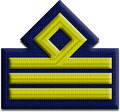
- Messaggi: 2905
- Iscritto il: 28 settembre 2012, 21:29
- Simulatore: DCS: A-10C Warthog
- Località: Gonnesa (CI)
- Contatta:
Re: Prepar3D - Beta 2.0
Beh, c'è LM dietro... ottime news. Vorrei provarlo.
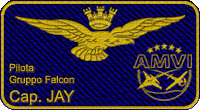
A-10C MM 11-040
"The A-10C adds the infamy to the scorn, it kills you with a loud fart noise"
-
Aviators
- Primo Aviere Capo

- Messaggi: 8467
- Iscritto il: 4 marzo 2008, 21:55
- Simulatore: DCS: Ka-50 Black Shark
Re: Prepar3D - Beta 2.0
il programma per far domanda come beta tester è rimasto aperto per 3 giorni ( ormai è tutto chiuso). e la beta scade a fine gennaio.
- Jay
- Capitano

- Messaggi: 2905
- Iscritto il: 28 settembre 2012, 21:29
- Simulatore: DCS: A-10C Warthog
- Località: Gonnesa (CI)
- Contatta:
Re: Prepar3D - Beta 2.0
Closed beta quindi 
vabuò, sarà comunque interessante vedere i feedback degli utilizzatori...
vabuò, sarà comunque interessante vedere i feedback degli utilizzatori...

A-10C MM 11-040
"The A-10C adds the infamy to the scorn, it kills you with a loud fart noise"
-
Aviators
- Primo Aviere Capo

- Messaggi: 8467
- Iscritto il: 4 marzo 2008, 21:55
- Simulatore: DCS: Ka-50 Black Shark
Re: Prepar3D - Beta 2.0
Prepar 3D ver.2.0
hanno iniziato a diffondere la Beta 2.0 ai beta tester.
hanno iniziato a diffondere la Beta 2.0 ai beta tester.
Re: Prepar3D - Nuovo simulatore civile e militare
Se iniziano cosi ci devono lavorare davero tanto prima di renderlo un vero simulatoreAviators ha scritto:beh, conta che hanno preso la piattaforma di fsx e fs2004 e ci stanno lavorando da zero.
-
Aviators
- Primo Aviere Capo

- Messaggi: 8467
- Iscritto il: 4 marzo 2008, 21:55
- Simulatore: DCS: Ka-50 Black Shark
Re: Prepar3D - Beta 2.0
Sono sulla buona strada 
-
Aviators
- Primo Aviere Capo

- Messaggi: 8467
- Iscritto il: 4 marzo 2008, 21:55
- Simulatore: DCS: Ka-50 Black Shark
Re: Prepar3D - Beta 2.0
Fonte: http://www.prepar3d.com/latest-news/Comunicazione ufficiale della Lockeed Martin:
Prepar3D v2.0 Developer Blog – DirectX11
As many of you are aware, since the release of Prepar3D v1.4, and even earlier actually, parts of our development team have been working on Prepar3D v2.0. With Prepar3D v2.0 coming out later this year, it has many new and exciting features which we will begin to highlight in developer blogs, and the spotlight of this first developer blog will be on Directx11.
The core rendering engine in Prepar3D has been completely overhauled and updated from DirectX9 to DirectX11. The biggest benefit to this is that now Prepar3D is able to better take advantage of modern graphics hardware. In a nutshell, upgrading your graphics card will now increase either your performance or the fidelity of what you are able to see in the simulation. It also allows us to implement new and modern rendering features.
Regarding performance, I'll briefly talk about some of the features of DirectX11 and how taking advantage of them in Prepar3D v2.0 will allow for a better simulation, training or learning experience.
Volumetric Fog and HDR Lighting in Prepar3D v2.0
Object Instancing
Instancing allows the rendering system to have graphics cards draw multiple copies of the same object at once. This is most noticeable where many of the same objects are displayed multiple times. A great example of this is in the autogen trees. With the right video card, be ready to max out those autogen sliders with much less impact to performance. Not only do trees perform better, they also transition in smoothly rather than popping in. The system can actually instance model parts such as wheels and switches too.
Tessellated Terrain on the Graphics Card
The previous work being done to generate the terrain and its mesh is now able to be done dynamically on the graphics card. This allows two very noticeable differences, the ability for fully dynamic day and night cycles, and greatly improved terrain paging performance.
With the terrain lighting now able to be done dynamically on the card, shadows and lighting are updated in real-time, whereas previous shadows and lighting had to be baked into the textures and reloaded as the time of day changed.
Multi-Threading Support
Multi-threading essentially allows more work to be done on background threads as opposed to the main processing thread. In Prepar3D v2.0 we are now able to do optimization in parallel on background threads, as well as perform shader compilation on background threads which in addition to the tessellated terrain helps to greatly reduce those stutters so many people were seeing in the legacy engine as the CPU tried to page in all that terrain and all those textures.
Dynamic Aircraft Self-Shadowing in Prepar3D v2.0
GPU Particle and Effect System
Effects are now simulated on the graphics card. Training scenarios with many more effects rendered in the scene are now possible.
As I mentioned before , with more of the work being done now on your graphics card, we are able to open up new rendering features for v2.0. In the future with each point release we can now more rapidly and easily update and add new visual features as well.
Real-Time Shadows and Lighting
Prepar3D v2.0 now has support for fully dynamic variance cascaded shadow maps. The Prepar3D shadow system is fully customizable, including configuration
of the number of shadow cascades, their draw distances, and their logarithmic spacing. We of course simplify all of these things into a handy slider, but the options to tweak the shadow system to your heart's content is there. Some of the other shadow system features we are excited about include full support for object self-occlusion,
Self-Occlusion Shadowing in the Virtual Cockpit View
An Example of Dynamic Shadowing in Seattle
including virtual cockpit self-shadowing, the terrain being able to receive and cast shadows in real-time, as well as day and night and weather support. Seeing the moon or lightning affect the shadows in the virtual cockpit really adds to the immersion. Regarding everyone's favorite request for cloud shadows, we are working on them, and if they don't make it in for v2.0 we will get them in for v2.1, but we're hopeful to have them in for v2.0.
Regarding lighting, one of the biggest features we have implemented is the support for specular terrain lighting. What that means is that land classes now support specular values that will affect how they reflect light (snow and roads now reflect light differently, snow is shinier, etc.). Another lighting feature is a redone bloom system and a new HDR lighting system which better simulates the effects of lights on your eyes as you train. The new HDR system includes both a more realistic bloom model, as well as dynamic tone mapping, which adjusts the color palette of the screen based on the overall brightness. This means that when you are in a virtual cockpit the outside will appear much brighter than the relatively dark cockpit.
3-D Waves and Water Surface
While in v1.0 of Prepar3D we added the bathymetry feature to allow users to simulate and train under the water surface, our water surface was still flat. We now have support for a vibrant new 3D living water surface. Dynamic 3D waves are based on weather conditions and wind speed. SimObjects like boats and planes have more options to calculate their normal so with a little updating they will be able to realistically flow and rock on the waves.
Prepar3D v2 3D Water Surface Example 1
Prepar3D v2 3D Water Surface Example 2
Prepar3D v2 3D Water Surface Example 3
Prepar3D v2 3D Water Surface Example 4
Volumetric Fog
The fog and cloud system also got a new feature with the ability to now have volumetric fog. This greatly improves the appearance of flying through fog.
While these are only a few of the highlights of moving the legacy rendering engine to DirectX11, upgrading the platform so that it can scale to take advantage of modern graphics hardware is a big milestone for the platform, and one we are very excited about.
Volumetric Fog in Prepar3D v2.0 – Example 2
As always, thanks for your interest in and support of Prepar3D. Our development team actively monitors our support forums for feedback and feature requests.
I have also created a thread on our forums, where you can discuss this developer blog and interact with Beau Hollis, our Rendering Engine Lead and his very talented development team. We have a lot of features and fixes we are still working on for v2.0, so give them some time to respond if you have questions.
Wesley Bard
Software Manager, Prepar3D Development Team
Oh, and one more thing…
The Optional Training Startup Screen in Prepar3D v2.0
-
Sakura
- Primo Aviere
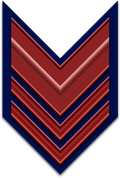
- Messaggi: 122
- Iscritto il: 26 settembre 2013, 17:37
- Simulatore: Falcon4.0
- Località: Castellanza
Re: Prepar3D - Beta 2.0
Spettacolo chissà che mostro di pc bisogna avere, i colori del cielo e delle nuvole sembrano proprio quelle di Rex2.
-
Aviators
- Primo Aviere Capo

- Messaggi: 8467
- Iscritto il: 4 marzo 2008, 21:55
- Simulatore: DCS: Ka-50 Black Shark
Re: Prepar3D - Beta 2.0
@moderatori, potreste gentilmente mettere il topic in evidenza?
-
Grape
- Maggiore
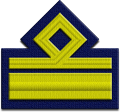
- Messaggi: 2465
- Iscritto il: 11 febbraio 2009, 10:48
- Simulatore: DCS: F/A-18C Hornet
- Località: Padova
- Contatta:
Re: Prepar3D - Beta 2.0
Secondo me non è il caso. Non si tratta di un simulatore prettamente militare. Altrimenti dovremmo, per coerenza, mettere in evidenza anche un topic su FSX e uno su X-Plane.Aviators ha scritto:@moderatori, potreste gentilmente mettere il topic in evidenza?
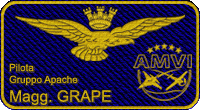
Magg. Alberto "Grape" Astolfi
AMVI Aeronautica Militare Virtuale Italiana
Simulatori: Falcon BMS, DCS (A-10, M-2000C, MiG-21bis, P-51D, CA), Ms FSX, Prepar3D, X-Plane, Space Shuttle Mission
-
Aviators
- Primo Aviere Capo

- Messaggi: 8467
- Iscritto il: 4 marzo 2008, 21:55
- Simulatore: DCS: Ka-50 Black Shark
Re: Prepar3D - Beta 2.0
La LM ha autorizzato a pubblicare alcuni immagini di Prepar3d 2.0 Beta 4
ecco le prime immagini:


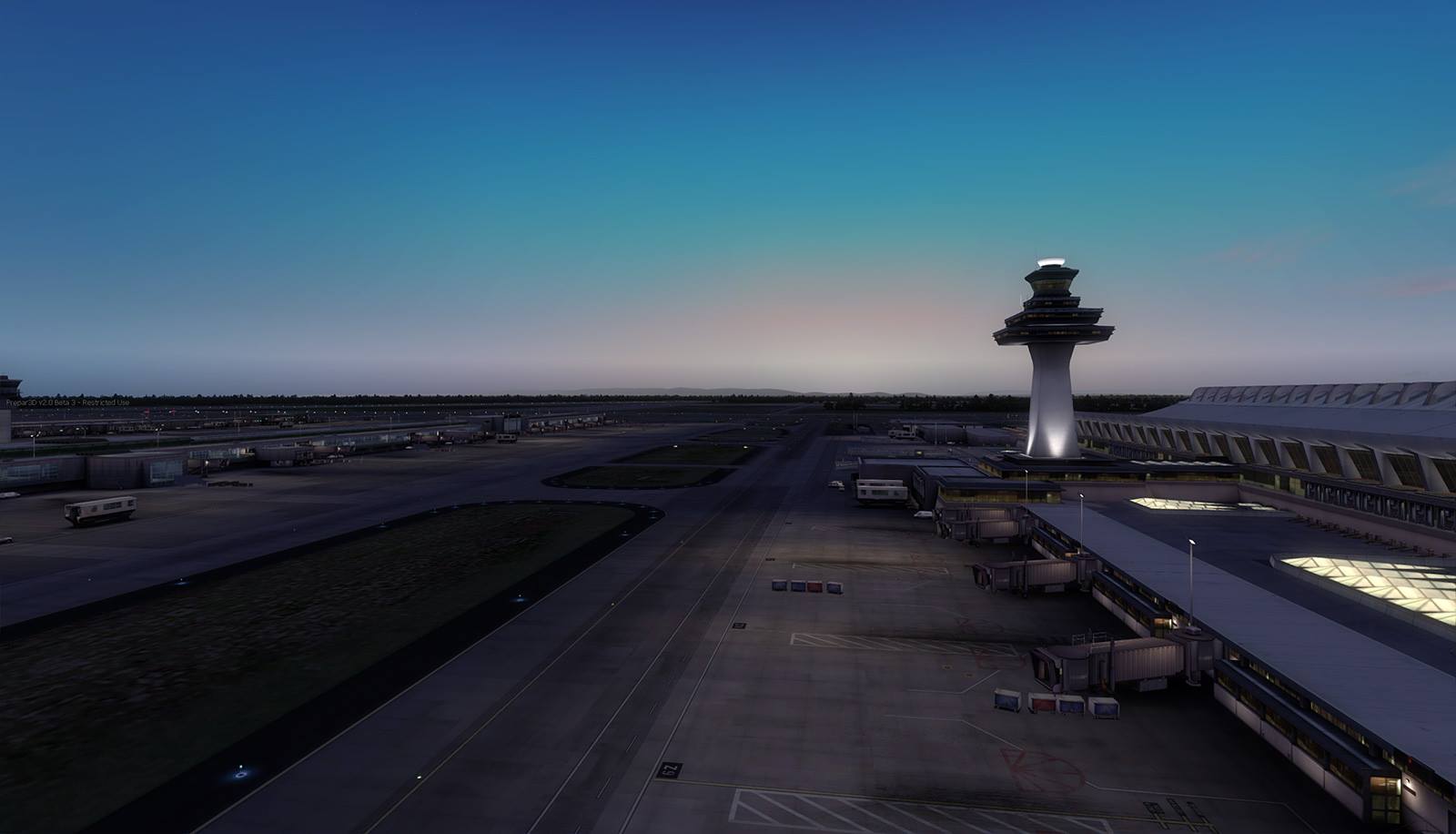
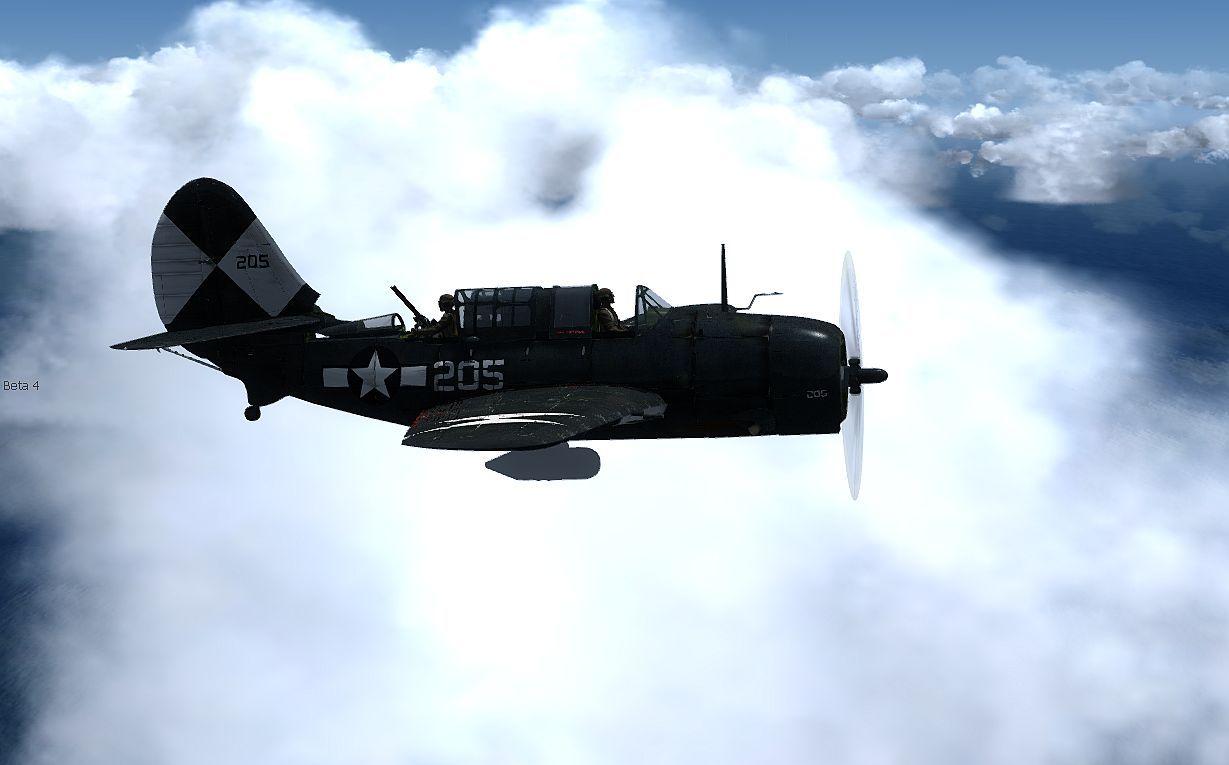
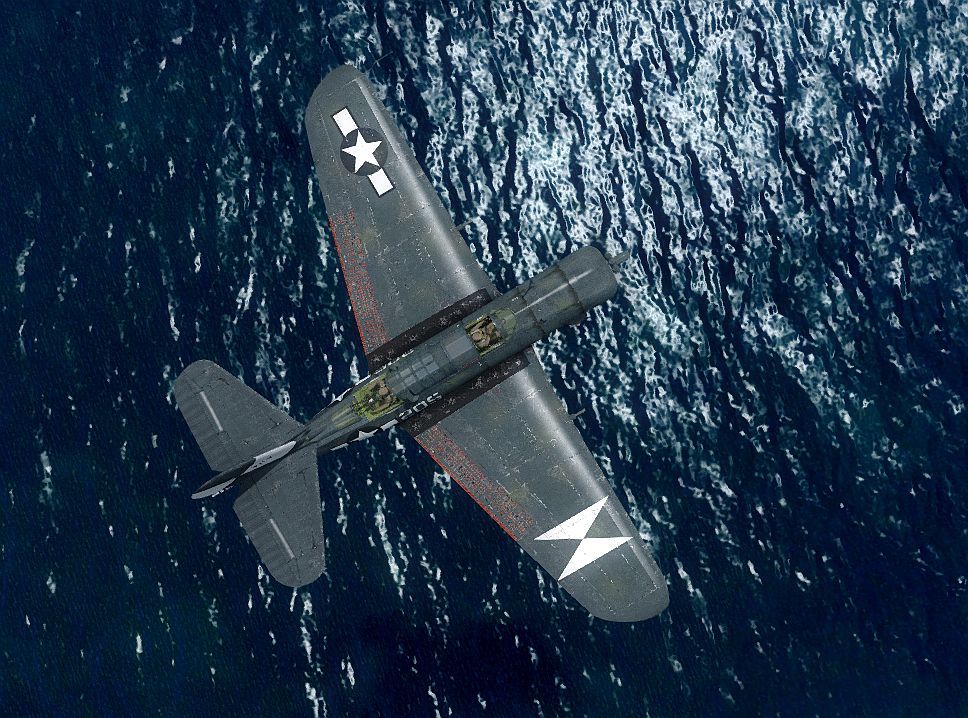

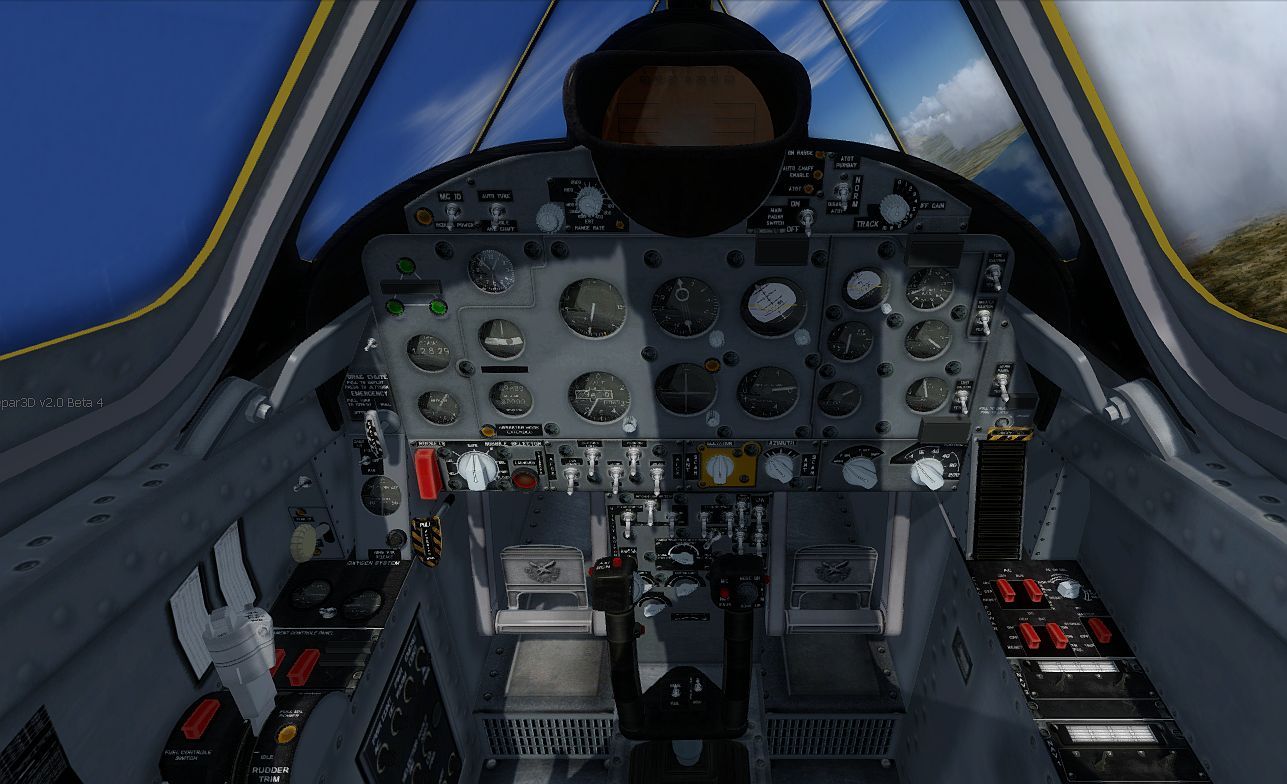
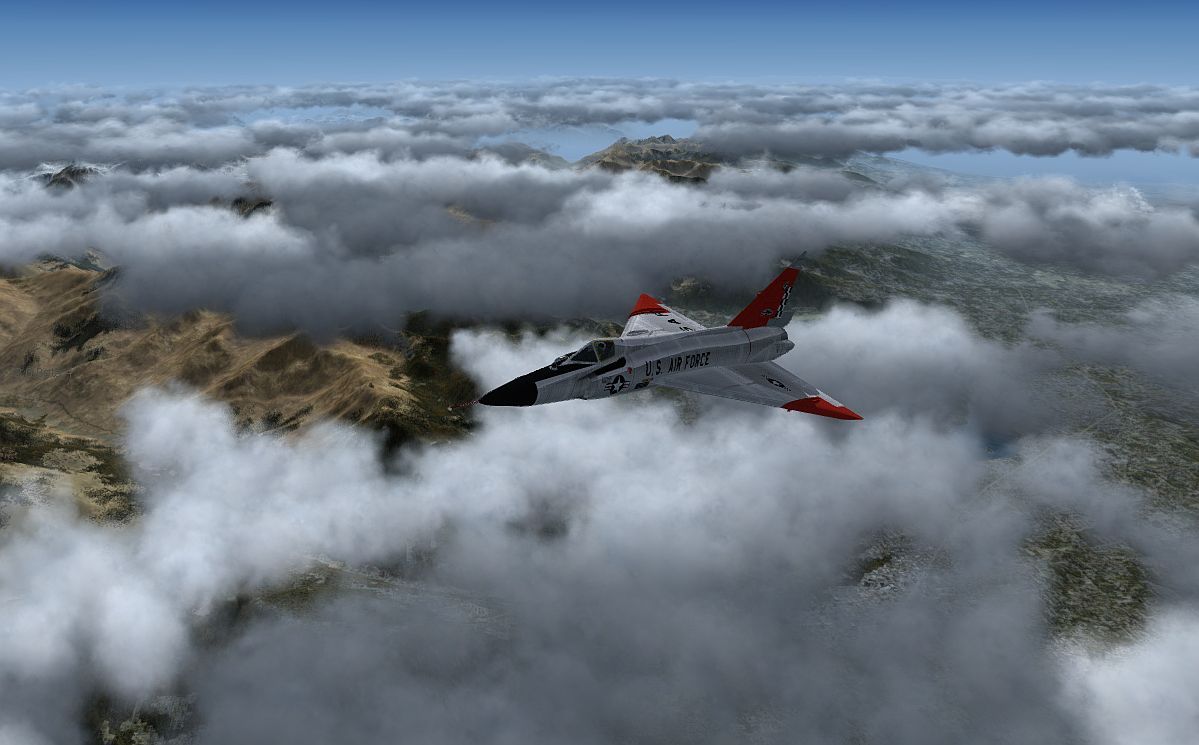
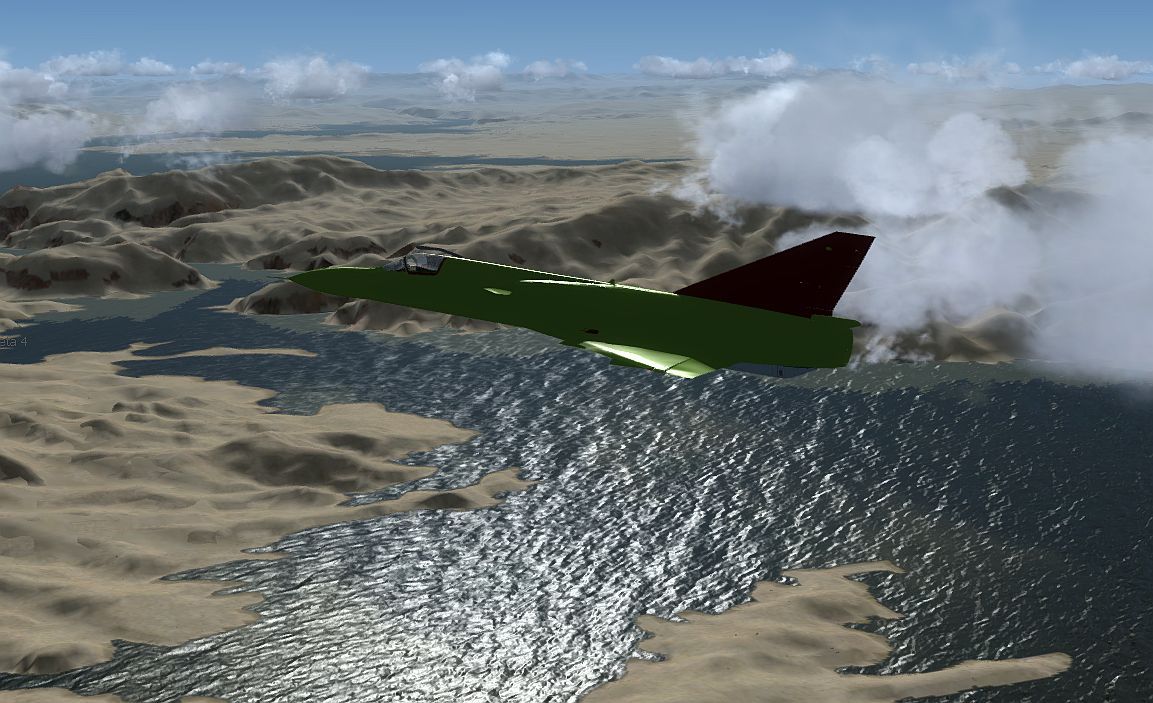
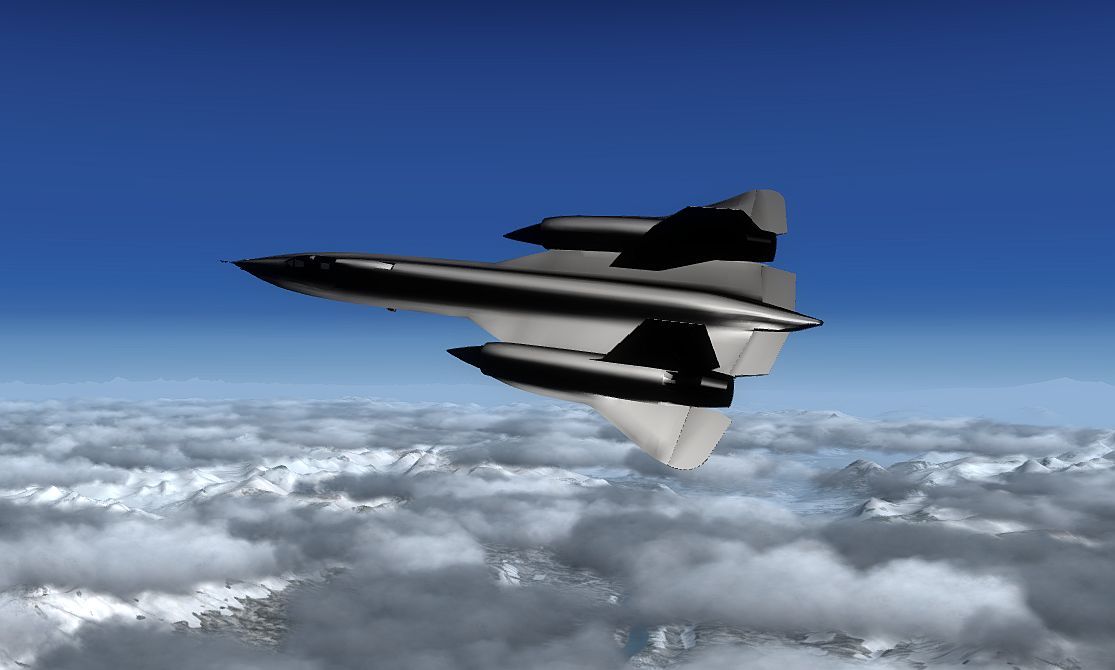













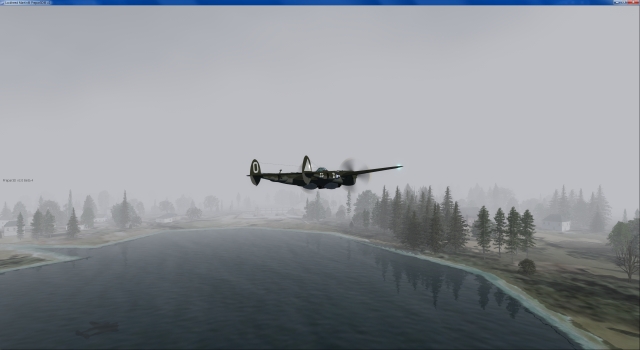


ecco le prime immagini:

























